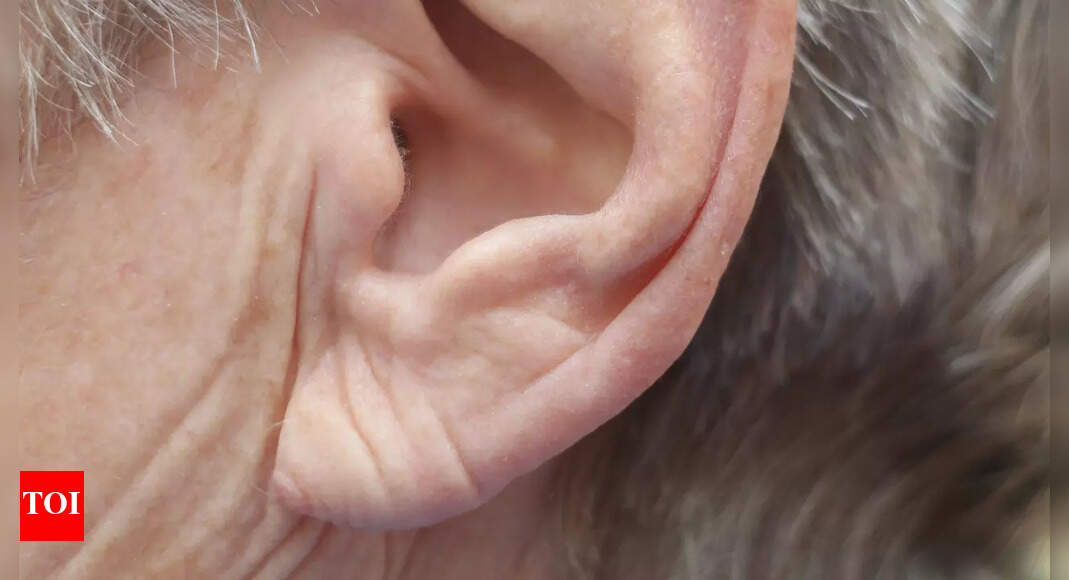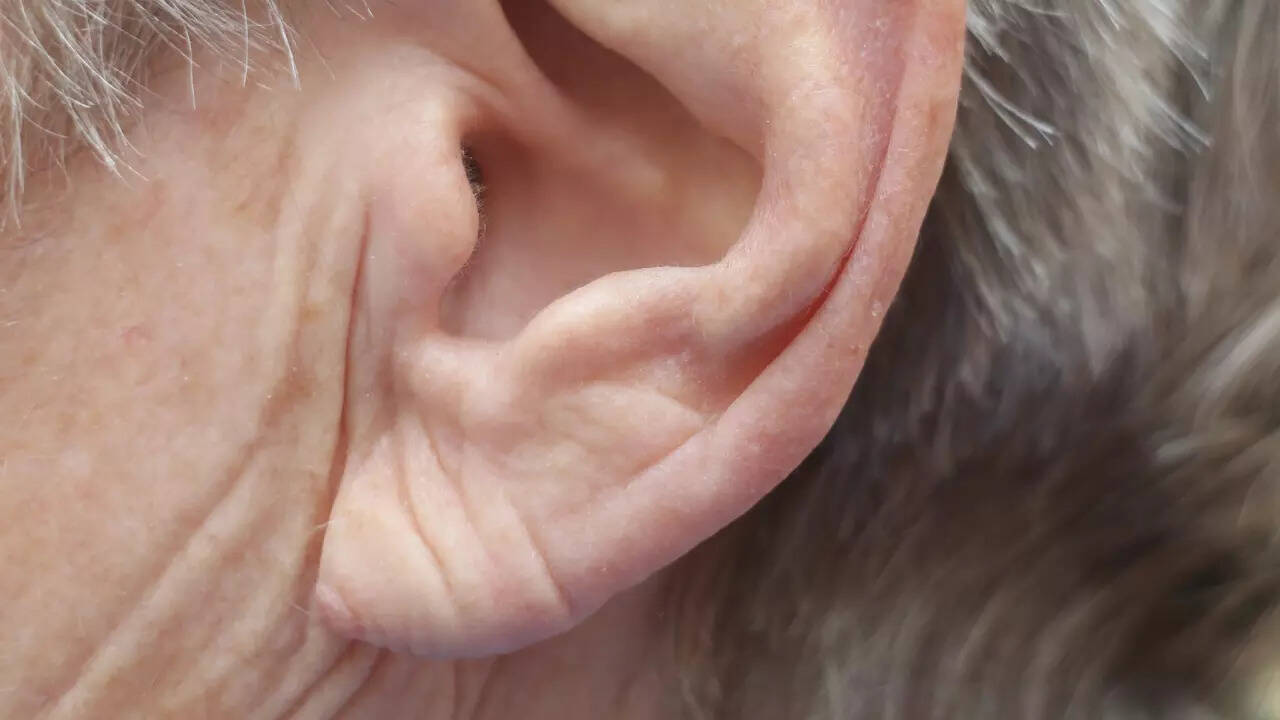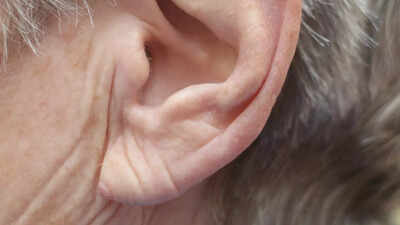
The human body is quite intricate. It often gives signs before any changes or illnesses occur. When it comes to a heart attack, the signs and symptoms are often subtle and could go unrecognized. But can a crease on the earlobe predict a heart attack? Let’s take a look. Crease on the earlobe, aka Frank’s sign

Some people may have a crease, wrinkle, a line, or a deep fold on their earlobe. This is known as a diagonal ear lobe crease (DELC), or Frank’s sign. It’s named after Dr. Sander T. Frank, who first observed this crease in 20 patients under 60 with chest pain (angina) and proven coronary artery blockages.Dr. Frank pointed out the link between an earlobe crease and heart disease. He explained it in a paper published in the New England Journal of Medicine in 1973.Following his identification in patients with coronary artery disease, several large studies have documented the presence of a crease in the earlobe in patients with coronary artery disease, peripheral vascular disease, as well as cerebrovascular disease. Many famous people, such as Steven Spielberg and George W. Bush, have DELC.Are these earlobe creases linked with heart disease?

Representative image.
While studies have shown an association, there is no definitive answer whether DELC is a sign of a heart attack. A 2017 study looked into the link between Frank’s sign as a predictor of cerebral vascular events. The researchers looked at 241 people hospitalized for acute stroke. Among them, nearly 8 in 10 (190 patients) showed Frank’s sign. In 153 patients who had transient ischemic attacks (TIAs), 73% showed the sign. 88 patients had full strokes (cerebrovascular accidents), and 89% showed the sign.Dr. Michael Murray, N.D., a leading authority in Natural medicine, has explained the link in a video shared on Instagram. “If you have a diagonal earlobe crease, you will have an increased risk of having a heart attack or stroke. Over 40 studies have shown this association. It’s not true in every case, but in most cases, it is true. And the reason it is true is that the earlobe is a rich source of vasculature. These blood vessels, if they are not fed with good blood and oxygen, will collapse, and that’s what forms that crease,” Dr. Murray said.

He further added, “So there’s a physiological and anatomical reason why that earlobe crease develops. You don’t want that crease. It is associated with an increased risk of having a heart attack or stroke.
So take a look. If you have that crease, you need to be more aggressive in diagnostics and determining your vascular function, as well as in your approach to your diet, lifestyle, and supplement strategies for heart health.”







